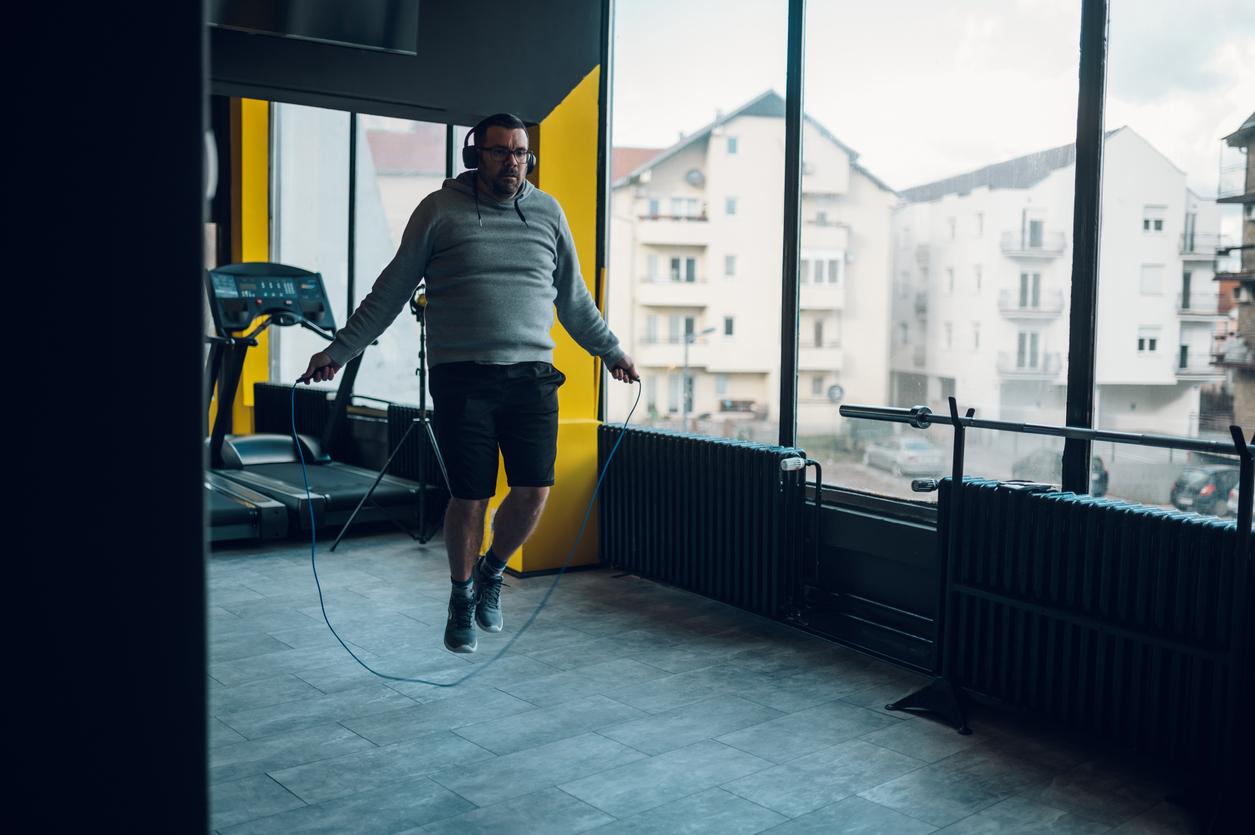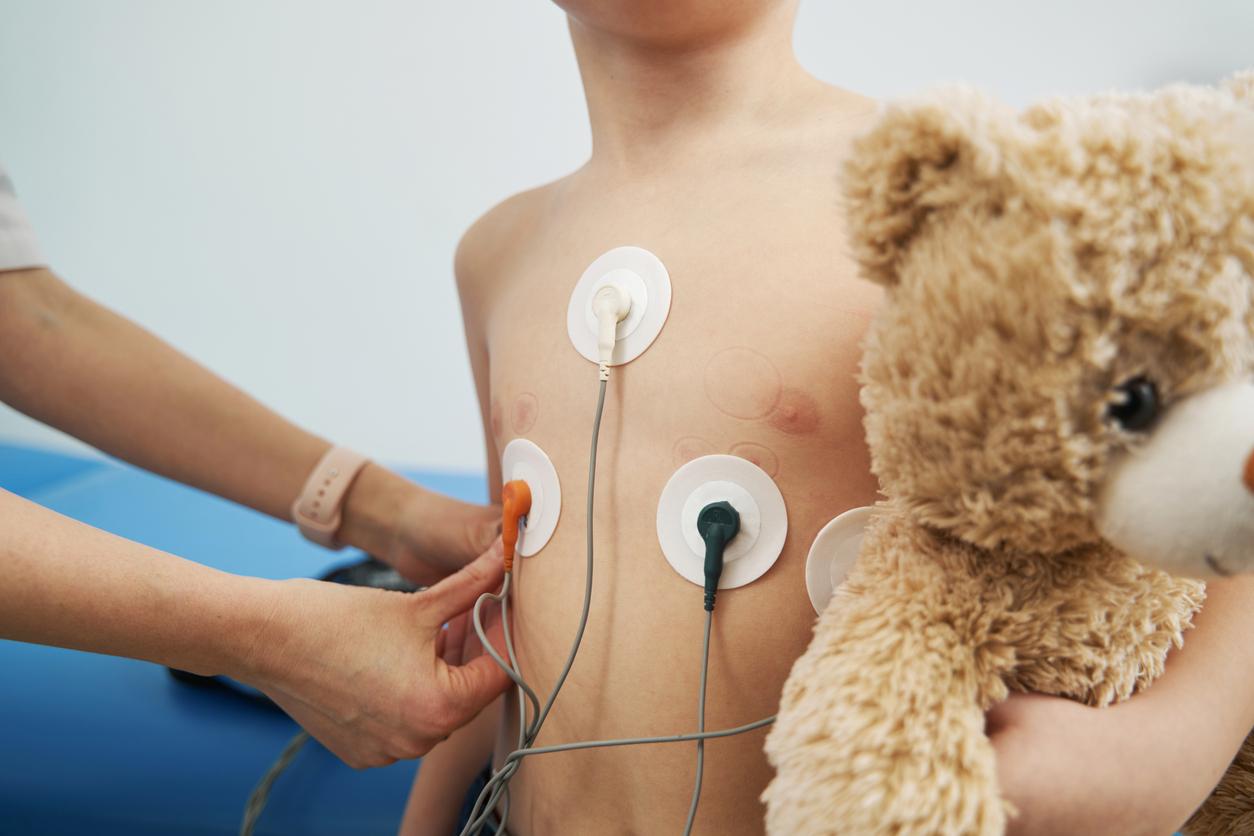Sport, whatever it is, is good for your health. But according to a new study, increasing – even a little – the intensity of physical activity would further reduce the risk of cardiovascular disease, and a fortiori of early death.

- To boost their cardiorespiratory system, the World Health Organization estimates that adults aged 18 to 64 should devote at least 150 to 300 minutes per week to moderate-intensity endurance activity, or practice at least 75 to 150 minutes of sustained-intensity endurance activity (or a combination of both).
- According to ANSES, 95% of the adult French population is exposed to a risk of health deterioration due to lack of physical activity or excessive time spent sitting.
It boosts the cardio-respiratory system, ward off cancer, improves sleep qualityhelps to lose weight, acts asnatural antidepressant… Physical activity is a remedy in itself, it is no longer to be proven. Recently, the High Authority for Health (HAS) even considers it as “full-fledged treatment” who should be “prescribed” by doctors. Yet not every minute you spend exercising is equal: according to a new study, the more intense the physical activity, the better it is for your heart.
A physical activity sensor on the wrist of 88,000 volunteers
To achieve these results, published in the official journal of the European Society of Cardiology (ESC), researchers from the National Institute for Health and Care Research (NIHR) and the University of Cambridge, UK, analyzed physical activity data from over 88,000 healthy adults from the UK Biobank. The researchers’ goal was to determine whether the body benefits more from an overall amount of moderate physical activity (such as walking) or from much more rigorous activity (such as running), even less regularly.
While most of the work on the impact of sport on health is based on the good faith of the volunteers (via questionnaires), this time the subjects had to wear an accelerometer sensor on their wrist for a week to precisely record the level of physical activity, even when it was very low intensity (when doing housework or sorting laundry, for example). Thanks to these new measurements, the study is therefore much more reliable.
More intensive activity reduces cardiovascular risk by 14%
The researchers then compared this data with the number of cardiovascular events (ischemic heart disease, stroke…) suffered by the volunteers over a period of 6.8 years. And the results did not disappoint: “Regular vigorous-intensity activity further reduces the overall risk of early death from cardiovascular disease, [car] it pushes the organism and the heart to adapt to greater effort”explains in a communicated Dr. Paddy Dempsey, co-author of the research. In other words, the more you pull on the rope during physical activity, the greater the benefits for the thriller.
In detail, the rate of cardiovascular disease thus fell by 14% when intensive physical activity represented 20% rather than 10% of the overall energy expenditure linked to sports practice, and this, even among people who had a low level of physical activity. In practical terms, this is equivalent to converting a daily 14-minute walk into a brisk 7-minute walk.
According to Professor Tom Yates, who participated in the study, these results are in line with “public health messages that advocate behavior change and that ‘every move counts'”. He hopes their discovery will “to encourage people to increase their volume of overall physical activity […] incorporating more physically intense activities.














